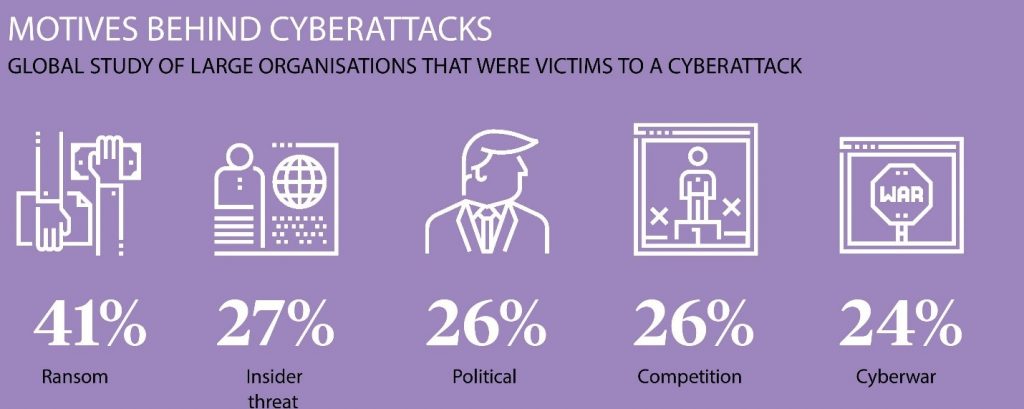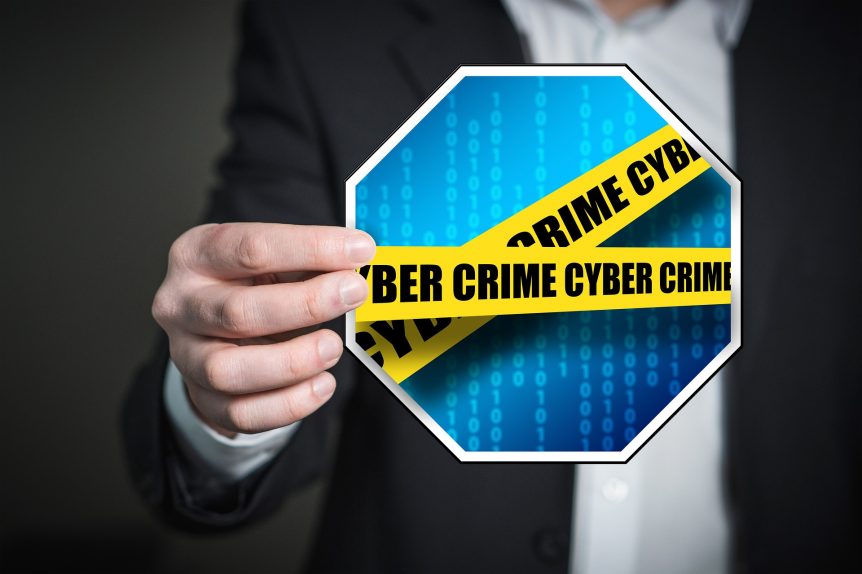- Cybercrime & Hackers ‘More Devastating’ To SMB’s Than Fire, Flood & Transit Strike Combined
- Notorious cyber crime gang behind global bank hacking spree returns with new attacks
- The Latest Thing You Need to Worry About Cybercriminals Hacking? Your Voice
- Cybercrime could cost companies $5.2 trillion over next five years
These are only some of the Google headlines of the last year. We often talk and read about cybercrime but what exactly is cybercrime? Cybercrime is a form of criminal activity involving a computer or other networking device. Cybercrime could be aimed at hurting the victim, but is more often geared towards financial gain. It is important to note that both individuals and companies can fall victim to cyber criminals.
It would seem, at first glance, that financial gain is the main motivator of cybercrime. Indeed, according to a global study conducted by Verizon, financial gain accounted for 41% of cyber-attacks. Combined with espionage, it makes up almost 70% of cybercrime motivators.

Yet, a closer look reveals that money may not be the only goal of cybercrime. Financial gain is definitely one, if not the predominant motivator of cybercrime, but certainly not the only one. In this post, we detail five such motivators, starting with financial gain.
- Money
Financial gain can motivate many types of cybercrimes such as ransomware, phishing or data theft. The financial gain attached to these types of cybercrimes is either extorting money from victims directly (both individuals and companies) or capitalizing on the sale of the stolen data.
- Insider threat
An insider threat entails someone close to an organization, who has authorized access to critical information or systems, misusing that access to the detriment of the organization. The threat can originate from an employee, third party vendor, a contractor or a partner. According to CyberArk’s 2018 Global Advanced Threat Landscape Report, 51% of IT professionals believe insider threats to be one of their organization’s greatest security threats.
- Polital motivation
It has become clear in recent years that cybercrime is increasingly being used as a tool to achieve some or the other political goal. This can take the form of hacking or shutting down a country’s power supply, manipulating elections or distributing ransomware. As these are all state-sanctioned action, it poses a threat to all organizations although they are not the direct target.
- Competition
Organizations sometimes employ hackers to conduct penetration testing of their own security but just as often they are used for corporate espionage. Financially motivated, these hacker “rent” themselves out as mercenaries to “take down” the competition.
- Cyberwar
Cyberwar is becoming increasingly common. It refers to the use by one country of digital attacks such as computer viruses and hacking to obstruct or destroy the critical systems of another country with the goal of creating damage, death and destruction. It is believed that cyberwarfare will be as common in future wars as troops using conventional weapons.
Are you and/or your organization sufficiently protected against cybercrime? The following questions should guide your cybersecurity planning. Do you know who is targeting you and why you are the target? Is there anything specific that they may be after? Knowing this, puts you in the driver’s seat of guarding against cyber-attacks.
Stage2Data in partnership with Heimdal Security offers prime Anti-Virus and Anti-Malware services. We now offer robust, multi-layered security products to combat next-gen malware, ransomware and other enterprise threats. For more information, please get in touch.



